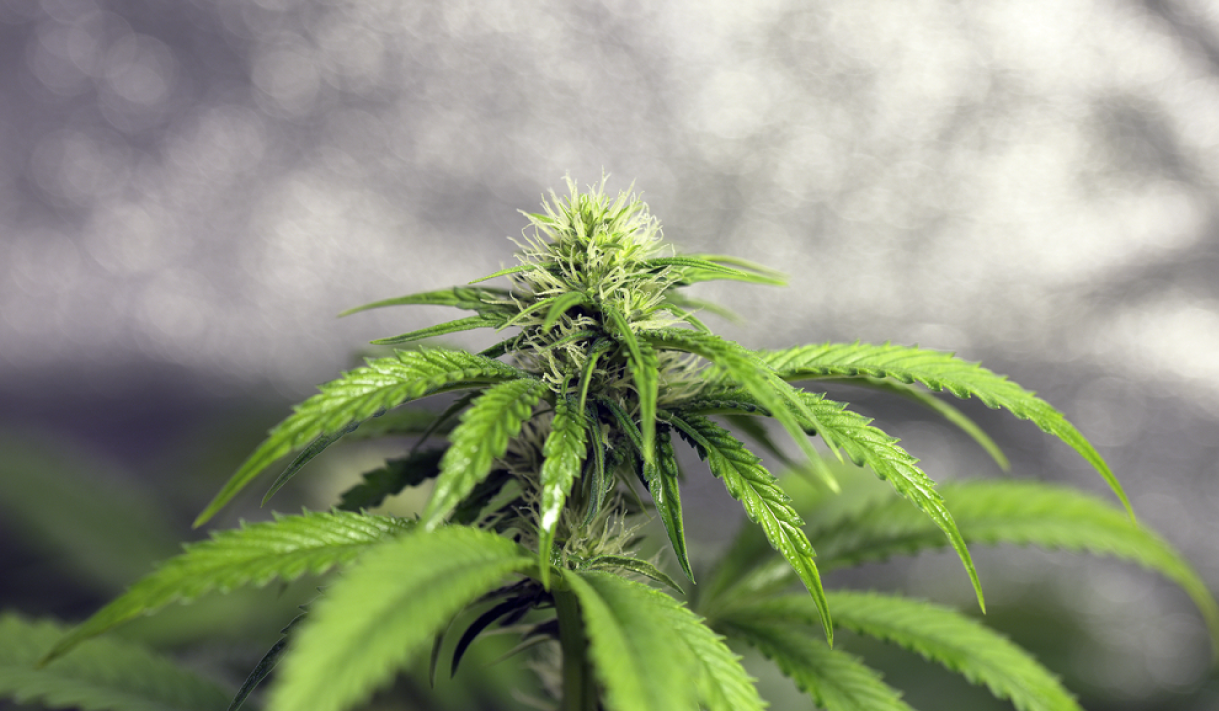As of August 1, the NCAA has started cracking down on marijuana use in college athletes. The NCAA has tested for marijuana before championship events since 1986—despite the fact that it’s non-performance enhancing—but has just lowered the requirement for a positive result from 15 nanograms/milliliter to five nanograms/milliliter.
What does that mean for college athletes? Marijuana use will be much more easily detectable through urine testing. Why? Recent NCAA studies have shown that marijuana use among athletes is on the rise, and even though it doesn’t affect their performance, it’s still a federally illegal substance and could indicate substance abuse issues.
Plus, testing technology has improved greatly since 1986. When the NCAA first started testing, they couldn’t distinguish between secondhand smoke and direct inhalation. Now, scientist can tell the difference between first- and second-hand smoke at a threshold of just five ng/mL.
Due to the fact that marijuana has not been shown to have any performance-enhancing benefits, however, the NCAA Committee on Competitive Safeguards and Medical Aspects of Sports (CSMAS) has recommended that the penalty for marijuana usage be shorted from a full-season suspension to a half-season suspension.
If this change is approved by the NCAA, the change in penalty for a positive test will be effective beginning next August.
Read more about the NCAA’s official marijuana policy here.




